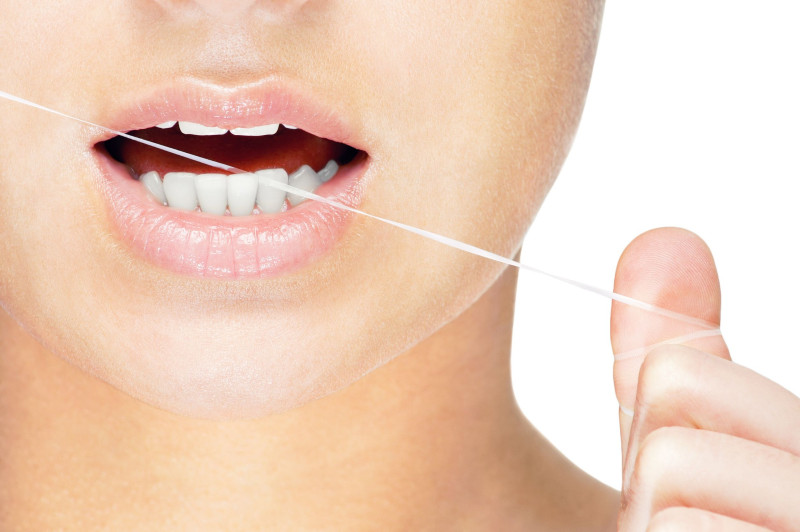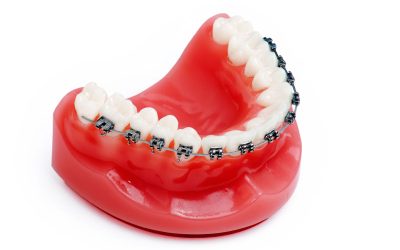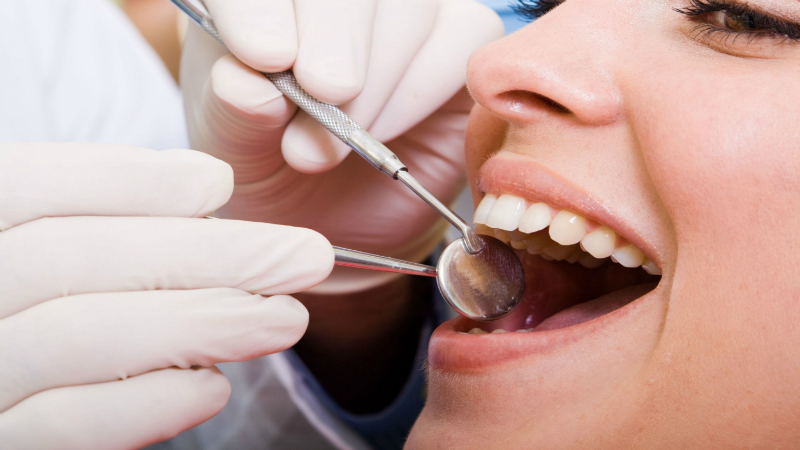In spite of how strong and tough the teeth may seem, they are not indestructible. Teeth require regular cleaning and routine dental visits to ensure that caries (cavities) aren’t developing. This is necessary because once a cavity begins, it will continue to destroy the tooth until either the tooth is removed or the decay is eliminated. If the problem goes too far, the dentist may suggest extraction and replacement using Dental Implants in DC. Simply speaking, an implant is a replacement tooth used to prevent other concerns such as shifting teeth or excessive stress on any remaining teeth.
To begin the process, the dentist will check the jawbone density and size. A weak jawbone may not have the strength required to hold the anchor in place. To get around this problem, the dentist may recommend bone grafts. This is a small surgical procedure that moves a little bone material from one area to another. Once the jawbone is ready, the actual process of Dental Implants in DC begins. The first step is placing the anchor, or stud, into the bone. This is usually the worst part because it also requires minor, oral surgery. That is, the dentist must create a hole for the anchor to fit in. Once it is properly placed, the wound will require up to six months to heal completely. This useful step ensures the tooth is secure when pressure is applied.
After the anchor is secure, the dentist will install a custom crown. The crown actually replaces the missing tooth and is created with the aid of a computer. This allows the dentist to create a precise replacement that fits in with the remaining teeth. Consider an implant for a molar. This crown needs to be large enough to keep the other teeth in place and strong enough to handle any chewing.
Another great use for implants is as the anchors for a dental prosthesis like a bridge or denture plate. This works by placing the anchors so the device doesn’t move. For the typical bridge, the number of anchors will usually be two, for a single denture, the number is usually four, including two in the front region and two at the rear. Exact placement will depend on the patient’s jaw strength and the type of prosthesis in use. Click this link to look at more info.


